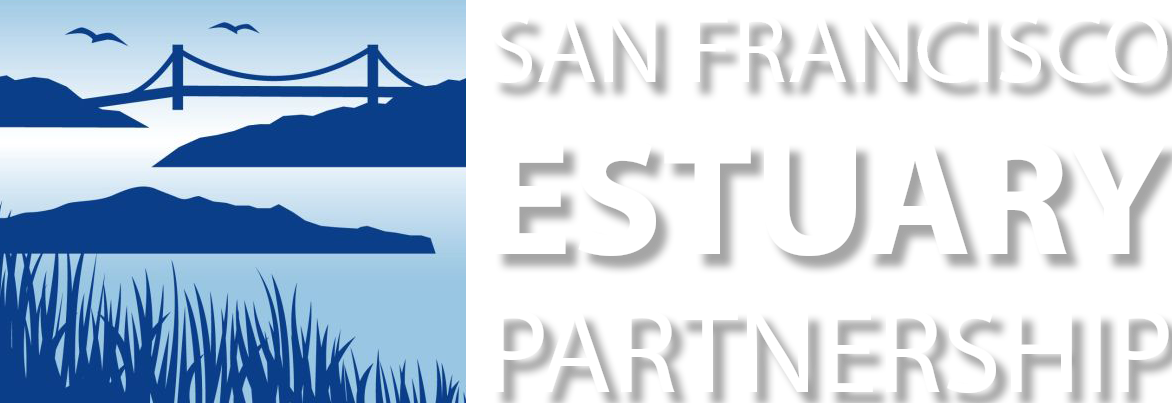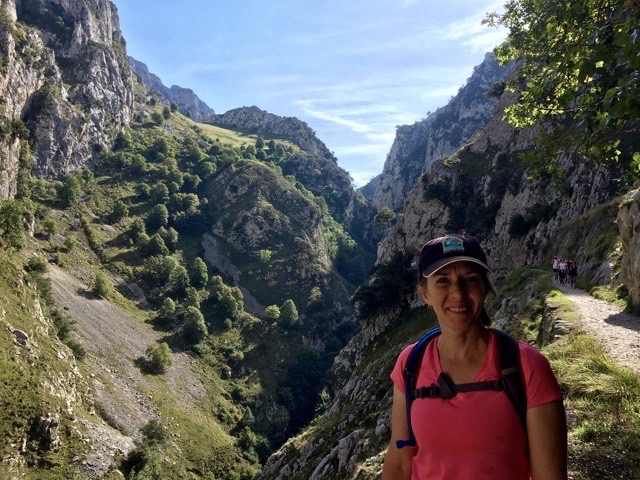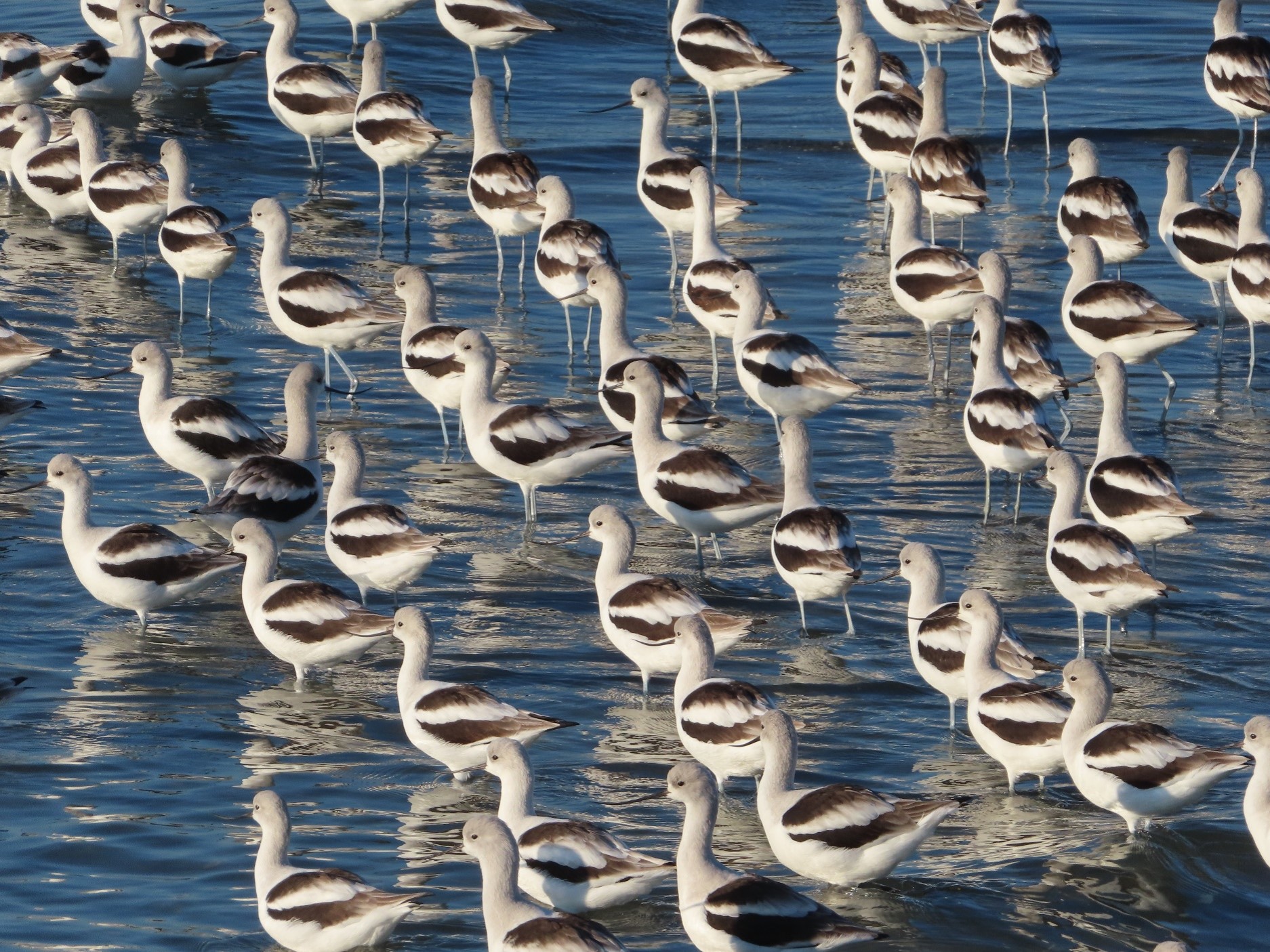In the early days, when the wetland protection and restoration landscape was less complex, the JV “could be everywhere and do everything.” Now it needs to be more strategic. “I’m a listener, a synthesizer, and I’m pretty good at herding diverse interests toward shared goals,” says Scoggin, who is taking over the 20-year-old wildlife habitat venture after 16 years in second seat. “The JV is built on deep and lasting relationships,” she says, both awe and pride in her voice. Scoggin grew up in Los Angeles. After early work studying songbird nesting, she developed a soft spot for the Swainson’s thrush: “It’s like a ghost of the riparian forest, with an ethereal, beautiful song that comes out of nowhere.” In her new position, she wants to make sure wildlife doesn’t get lost in the current rush for habitat managers to do more multi-benefit projects meeting both human and ecological needs. “Wildlife are really struggling with changes to their environment and we’re the ones that can speak for them,” she says. “We can do better than just ‘if you build it they will come,’” she says, describing efforts to assemble a more robust understanding of the wildlife outcomes of JV projects. For a small, lean endeavor, this attention to tools, tracking, and results may be one way the JV can distinguish itself from the plethora of organizations working to ensure a healthy bay ecosystem. “We’re currently trying to determine our best leverage points, and to identify priorities that will help us deliver more and better habitat for the critters,” she says. Asked what keeps her up at night, Scoggin mentions the chance that so many hard-won habitats around the Bay could drown with rising sea levels. “I’m an optimist but I also have a realistic side that sees the severity of issues confronting us in the next few decades. It’s going to be tough to stay ahead of this, but every day I go to work I believe we can do it.”









 The results are alarming for our state’s future: an estimated four to five feet of sea level rise and loss of one to two-thirds of Southern California beaches by 2100, a 50 percent increase in wildfires over 25,000 acres, stronger and longer heat waves, and infrastructure like airports, wastewater treatment plants, rail and roadways increasingly likely to suffer flooding.
The results are alarming for our state’s future: an estimated four to five feet of sea level rise and loss of one to two-thirds of Southern California beaches by 2100, a 50 percent increase in wildfires over 25,000 acres, stronger and longer heat waves, and infrastructure like airports, wastewater treatment plants, rail and roadways increasingly likely to suffer flooding.